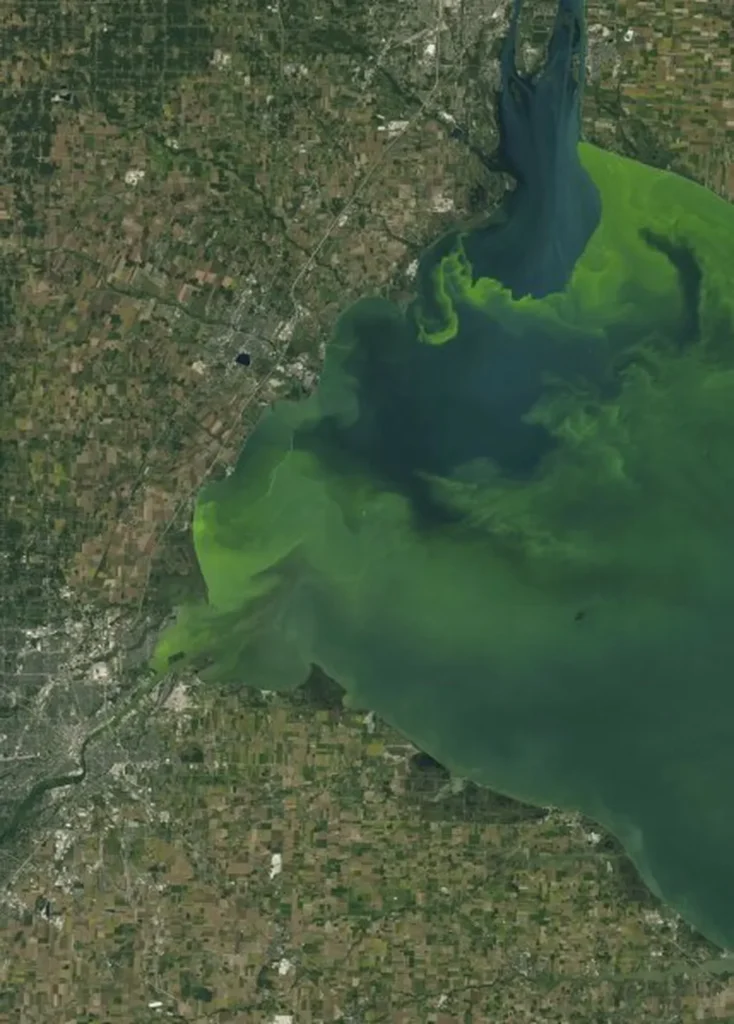In the vast and intricate world of freshwater ecosystems, a silent threat lurks—one that could have significant implications for drinking water safety, recreational activities, and even the energy sector. A recent review published in the journal *Marine Drugs* (translated to English as *Sea Drugs*), led by Zacharias J. Smith of the Hydrology and Remote Sensing Laboratory at the US Department of Agriculture, sheds light on the often-overlooked issue of paralytic shellfish poisoning toxins (PSPTs) in freshwater systems.
PSPTs, a class of neurotoxins primarily known for causing illness from consuming contaminated shellfish, are also present in freshwater environments. These toxins, produced by certain species of cyanobacteria, pose a risk to both drinking water supplies and recreational waters. The review provides a comprehensive list of the 84+ known PSPTs, their chemical features, and all environmental freshwater PSPT detections, highlighting the global prevalence of these toxins.
One of the key challenges in addressing this issue is the lack of commercially available standards needed to identify and quantify freshwater PSPTs. “The poor understanding of freshwater PSPT profiles and the limitations of toxicological data derived from human and animal model exposures are significant impediments to a proper risk assessment,” Smith explains. This gap in knowledge hampers efforts to develop effective regulatory limits and safety guidelines.
The review also outlines the certified methods for detecting PSPTs and their inherent weaknesses. It discusses the toxicology of PSPTs, the weaknesses in existing data, and the current freshwater regulatory limits. Notably, the authors were able to calculate and propose toxicity equivalency factors (TEFs) for 11-hydroxysaxitoxin (11-OH STX; M2) and 11-OH dcSTX (dcM2) using unassessed mouse toxicity data from 1978. These TEFs are crucial for understanding the potential health risks associated with exposure to these toxins.
The implications of this research extend beyond environmental health. The energy sector, particularly companies involved in water treatment and management, could face significant commercial impacts. As freshwater sources become increasingly contaminated with PSPTs, the cost of treating and ensuring the safety of water supplies could rise. This could lead to higher operational costs and the need for new technologies and methods to detect and mitigate these toxins.
Looking ahead, the review identifies several future needs for freshwater PSPTs. These include increasing the number of reference materials for environmental detection and toxicity evaluation, developing a better understanding of PSPT profiles and important environmental drivers, incorporating safety factors into exposure guidelines, and evaluating the accuracy of the established no-observed-adverse-effect level.
As the world grapples with the challenges of climate change and increasing water scarcity, the need for robust and reliable methods to detect and manage PSPTs becomes ever more pressing. This research not only highlights the current gaps in our understanding but also points the way forward, offering a roadmap for future developments in the field. For the energy sector, staying ahead of these challenges will be crucial to ensuring the safety and sustainability of water resources.

